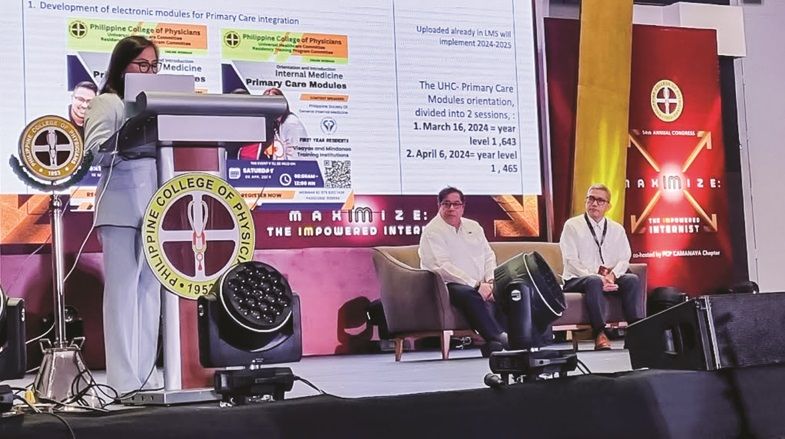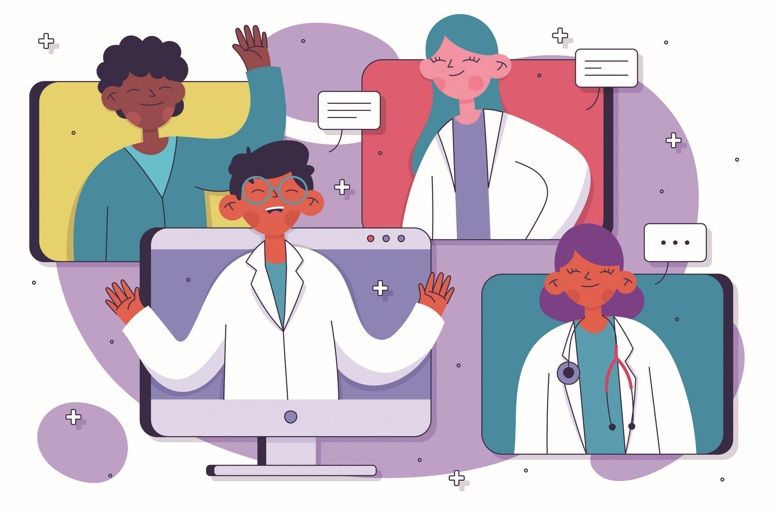Continuing medical education
How your doctor keeps up with constantly evolving medical knowledge
I am writing this column in between lectures at the Philippine College of Physicians convention, which gathers thousands of internists from around the country and from abroad for education, networking, and fellowship. Medical conventions are a rich source of continuing medical education (CME) for physicians who are otherwise incredibly busy with their clinical practices and may not be able to keep up with the latest findings in scientific journals. The lectures in a good medical convention summarize a lot of new information in a short amount of time and highlight the latest knowledge that can potentially improve a clinician’s practice and benefit patients. Continuing medical education is such an integral part of medical care that part of the requirements for renewing a physician’s professional license is a certain number of CME credits which is proof that the doctor has been keeping up with the current standards of care.
With the explosion of knowledge in medicine and so much ongoing research, conventions by specialty and subspecialty societies are an excellent venue for sharing knowledge, networking, and exploring collaborations between researchers. Some conventions also feature friendly competitions between trainees from different hospital residency and fellowship programs, developing healthy rivalries and camaraderie among future colleagues.

Personally, I like going to at least one general internist convention such as the Philippine College of Physicians (PCP) convention plus one or two subspecialty conventions in my practice of infectious diseases. The PCP convention is one of the most comprehensive in terms of its scientific program and features some of the best local and international speakers in medicine. As someone who has been involved in planning and implementation of these convention schedules, I can say that a lot of care and vetting goes into the curation of the scientific lectures. Last year, two of the international speakers were globally renowned infectious diseases physicians: Dr. Robert Bonomo from Case Western Reserve University and Dr. Robyn Patel who are frequently invited speakers at many prestigious global conventions.
This year’s internationally renowned speakers included Dr. Peter Hotez, an infectious diseases physician and science activist whom Time magazine named as one of the most influential figures in global health; and Dr. Edgar Lerma, a Filipino-American nephrologist who is an author of many influential books in the field. Dr. Hotez gave a timely lecture on the doctor’s role in fighting the deadly rise of the anti-science movement and presented his own remarkable journey in fighting against misinformation. Dr. Lerma was the AG Sison Memorial Lecturer and he presented his life story as a Filipino physician who graduated from the University of Santo Tomas to becoming a top nephrologist and academic in the United States, and how he has paved the way for many other Filipino doctors to succeed here and abroad. Dr. Michael Natter, a US-based endocrinologist and popular social media personality, spoke about how he uses humor and his hand-drawn cartoons to better communicate medical and scientific knowledge with a broader audience. There were other distinguished foreign speakers who were speaking but I regrettably was unable to attend their lectures since I still had to fulfill my administrative and clinical duties.
Featured local speakers were a veritable Who’s Who of Philippine medicine along with many up-and-coming academics and researchers. Among the talks I was able to catch were several mini-plenaries where an expert in his or her subspecialty picked a topic he or she considered to be a must-know for internists and gave a succinct, easily digestible update in ten minutes. This was an excellent way to get up to date on items we could immediately use in our practice. There were also simultaneous breakout sessions, which are smaller lectures focused on certain topics from which attendees can pick and choose depending on their interests and needs. Some lectures also tackled non-medical but very important issues affecting internists, such as dealing with burnout and proper ethics in practice.

One of the highlights of the convention was when the Secretary of Health Dr. Teodoro Herbosa gave a State of the Nation (SONA) session on Philippine Healthcare along with PCP President Dr. Rontgene Solante. The session started off with an enumeration of the top ten causes of mortality in the Philippines and Sec. Herbosa proceeded to explain his programs and strategies to address these, including how he plans to address the shortage of doctors in primary care. Dr. Solante, on behalf of PCP, reaffirmed our support for the Secretary’s plans. Sec. Herbosa also promised much-needed reforms in the proper handling of essential new drugs that specialists deem lifesaving but have not yet made it to the national drug formulary. Finally, he highlighted the twin epidemics of TB and HIV afflicting Filipinos and his plans to tackle these deadly diseases head-on, with the help of PCP.
Indeed, this year’s PCP president Dr. Rontgene Solante and vice president and overall convention chair Dr. Imelda Mateo have crafted an outstanding convention, as evidenced by the full-to-capacity crowd. In fact, some of the attendees were from abroad, further proof that the caliber of our convention is world class.
Important annual medical meetings such as the PCP convention would not be possible without the support of the pharmaceutical industry. In most countries, even in the United States where there is a lot of regulation and oversight on the pharmaceutical industry’s relationship with doctors, drug companies are a permanent fixture of conventions and provide much-needed funds for organizing these essential activities. With the recent Senate investigations into the marketing practices of a particular pharmaceutical company, it is important to understand that relationships between drug manufacturers and doctors are not always problematic or harmful.
Most multinational drug companies and many local drug manufacturers are able to provide support for doctors to attend and hold conventions within a framework that is professional and properly manages any conflict of interest. For instance, while pharma companies give financial support to PCP in the form of sponsorships, their products and booths are confined to a designated area of the convention center.
Pharmaceutical companies are never involved in the crafting of the scientific program, and some companies even provide written agreements to their delegates enumerating the terms of the sponsorship. These agreements explicitly state that there is no obligation by the delegate to prescribe the company’s products and even outline the allowable expenses and which ones will not be covered.
While not all companies require these documents, it is considered a best practice and shows how the relationship between pharmaceuticals and doctors can be beneficial to both. Since attending conventions is an important activity for keeping up to date with the current standard of medical care, these relationships ultimately benefit patients who will get better care from their doctors.